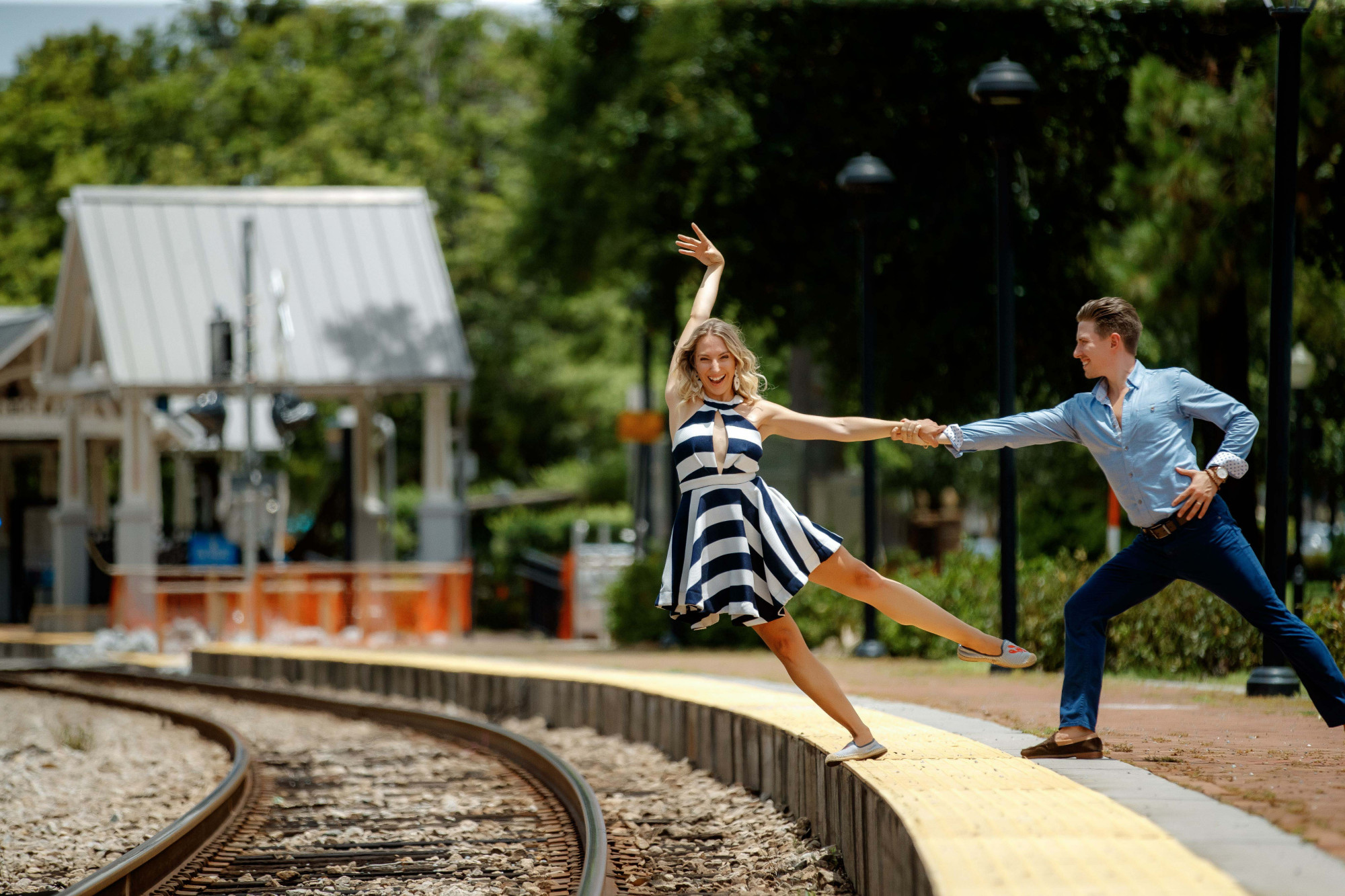Contemporary Dance Lessons Near Hiawassee, Florida
Looking to get private dance lessons near Hiawassee, Florida? We've got you covered! We are conveniently located in Ocoee and ready to help you on your dance journey!

Contemporary
Contemporary dance is a genre of dance that emerged in the mid-20th century and continues to evolve in the present day. It incorporates elements from various styles of dance, including modern dance, ballet, jazz, and even street dance, while also often incorporating elements of improvisation, floor work, and partnering.
Contemporary dance is characterized by its versatility, fluidity, and expressiveness. Dancers often explore new movement vocabulary and push the boundaries of traditional techniques, allowing for a wide range of expression and creativity. Unlike more structured forms of dance like ballet, contemporary dance encourages individuality and personal interpretation.
Choreographers and dancers in contemporary dance often draw inspiration from personal experiences, social issues, and abstract concepts. Performances may explore themes such as identity, relationships, politics, or the human condition, with movement serving as a means of storytelling and emotional expression.
Contemporary dance can vary greatly in style and aesthetic, ranging from minimalist and avant-garde to lyrical and narrative-driven. It often challenges audiences to think critically and engage with the art form on a deeper level, inviting interpretation and dialogue.
In contemporary dance, there is often an emphasis on technique and athleticism, as well as emotional and physical connection between dancers. Partnering and contact improvisation play significant roles, with dancers frequently interacting closely with one another to create dynamic and visually compelling choreography.
Contemporary dance is practiced and performed in a variety of settings, including theaters, dance studios, festivals, and even outdoor spaces. It continues to push the boundaries of what is possible in dance and remains an important and influential art form in the world of performing arts.